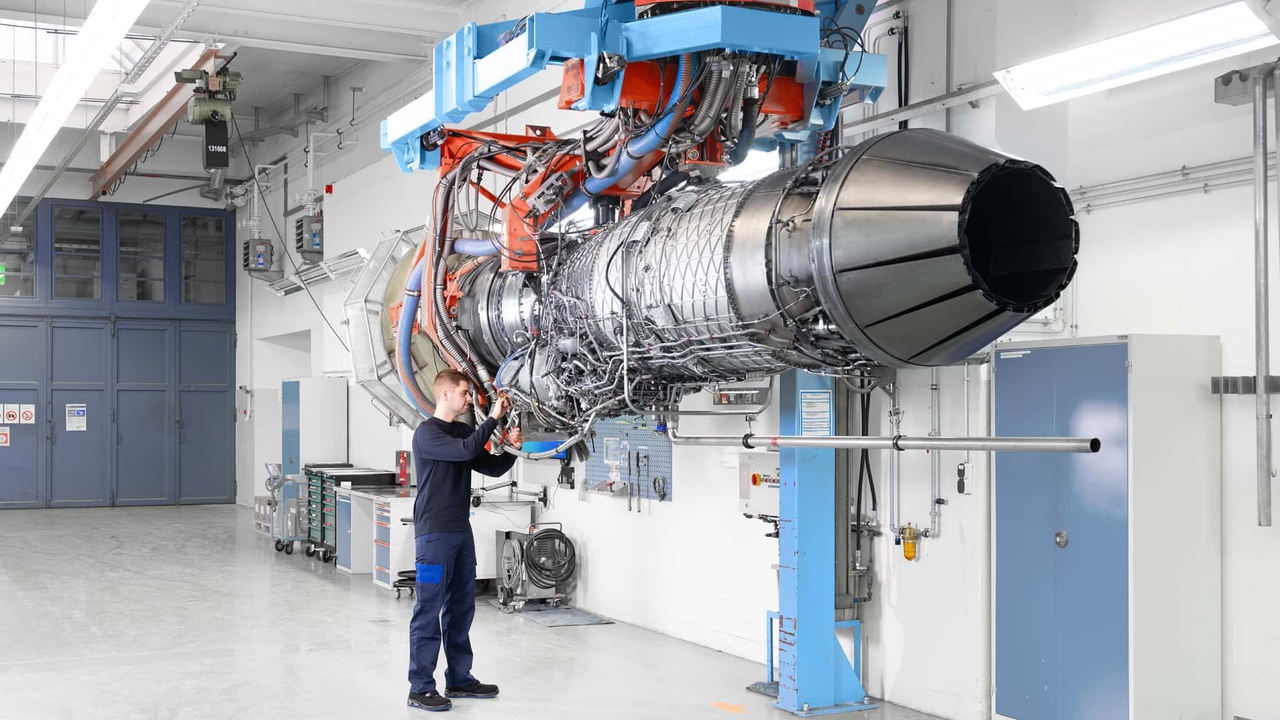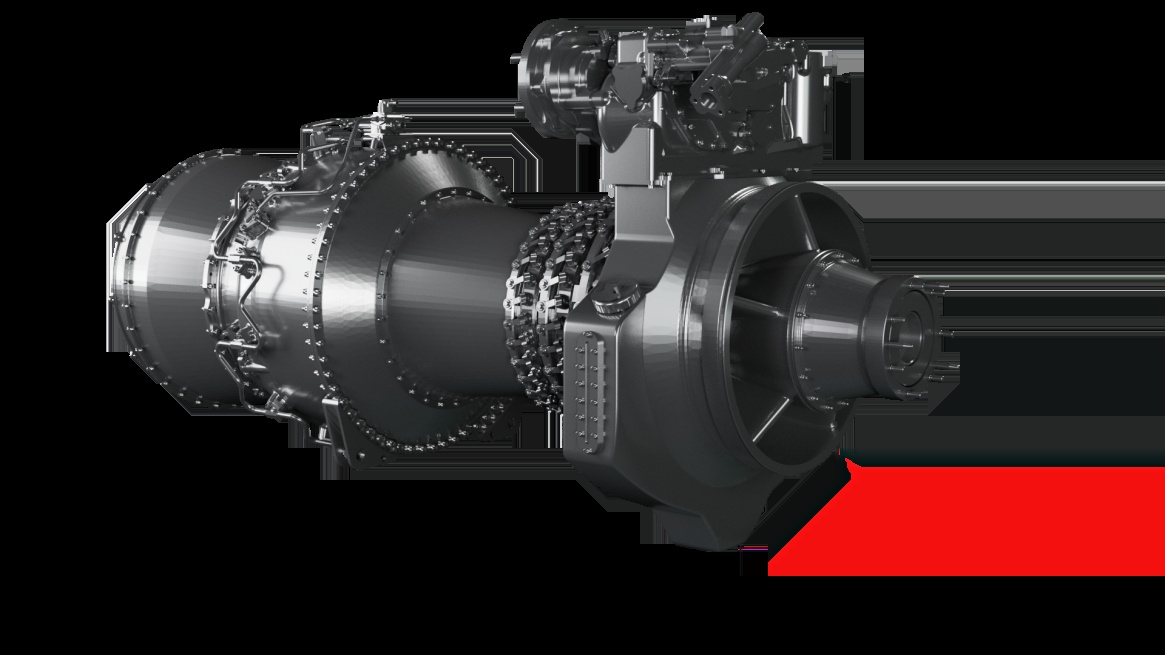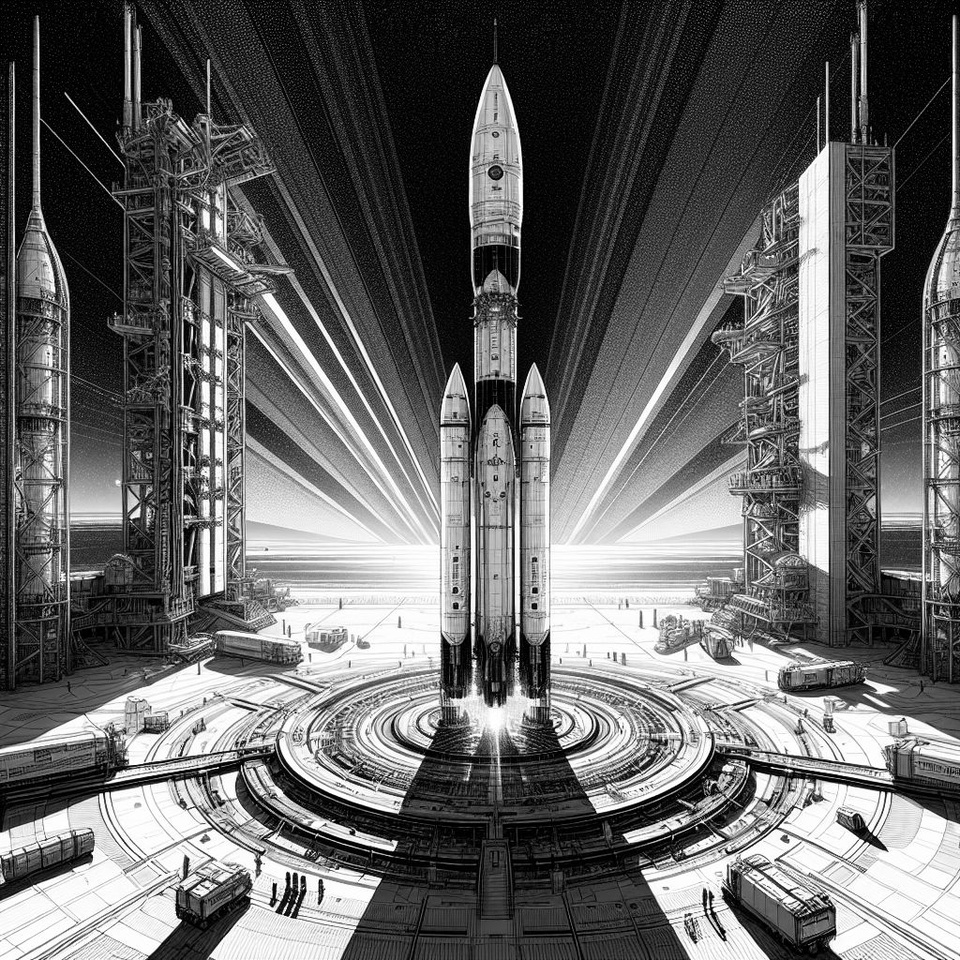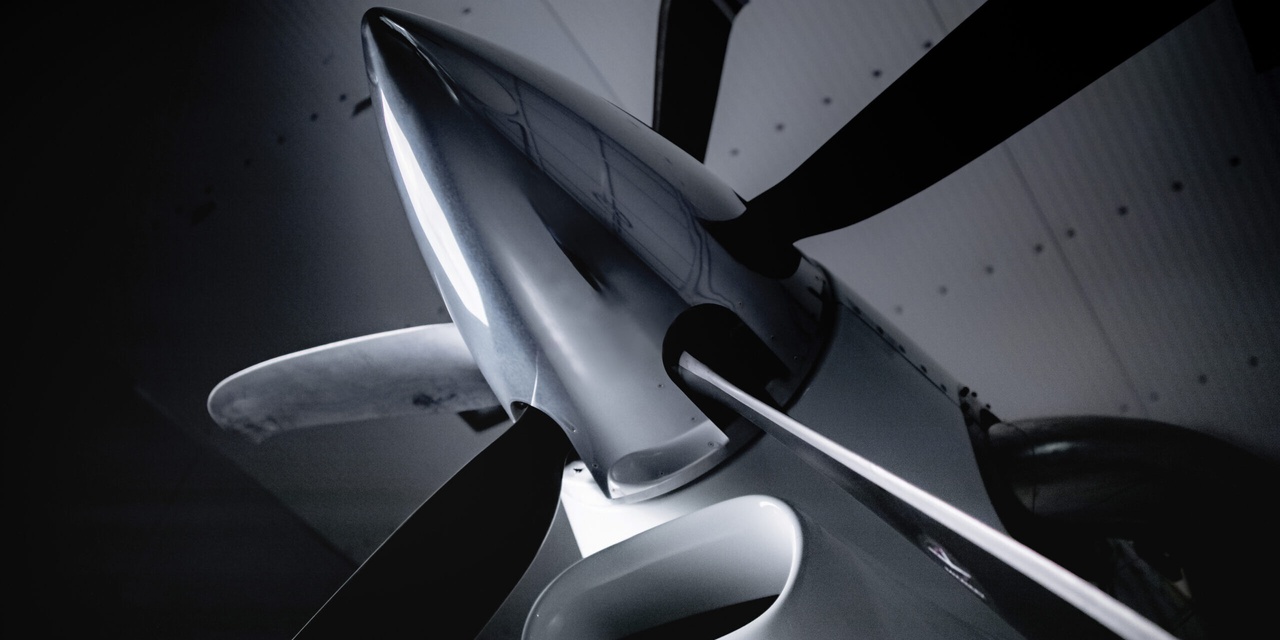$AIR (+0,1 %)
$SAAB B (+0,51 %)
Yesterday, the Bundeswehr commissioned the procurement of 20 new Tranche 5 Eurofighters in a festive ceremony. The contract was signed at the Airbus company in Manching, Bavaria.
As the BMVg writes in a press release, delivery of the fifth and latest variant of the Eurofighter is to begin in 2031. Five aircraft per year are to be completed and handed over to the German Air Force. Delivery is to be completed by 2034. The Bundestag's Budget Committee approved the 3.75 billion euro project, which also includes 52 EJ200 engines, at its meeting a week ago.
According to the BMVg, the new Tranche 5 Eurofighters will be equipped with Saab's Arexis self-protection system in conjunction with future AI capabilities. Further armaments are also planned: These include the integration of the AARGM anti-radar guided missile and the Taurus cruise missile on the Eurofighters for the air force.
The EJ200 engine is built by EUROJET Turbo GmbH, a consortium consisting of MTU Aero Engines, Rolls-Royce, Avio Aero and ITP Aero. These companies joined forces in 1986 to develop and produce the engine for the Eurofighter Typhoon.
MTU to build EJ200 until at least the 2030s
Now that Germany has ordered 20 Eurofighters, the final assembly line for the engines in Munich is working at full capacity for the next few years.
https://www.flugrevue.de/flugzeugbau/mtu-baut-ej200-bis-mindestens-in-die-2030er-jahre/
$MTX (+0,73 %) . (I am invested here myself)
MTU Aero Engines: One of the four shareholders, with a production share of around 30 percent.
Avio Aero: An Italian aviation company that is part of the consortium
Rolls-Royce: Another major shareholder in the consortium
ITP Aero: A Spanish company that is also part of the consortium.
Dear all, you can find the full article at the link ⬇️
https://www.hartpunkt.de/bundesweher-bestellt-20-zusaetzliche-eurofighter-mit-neuen-faehigkeiten/









